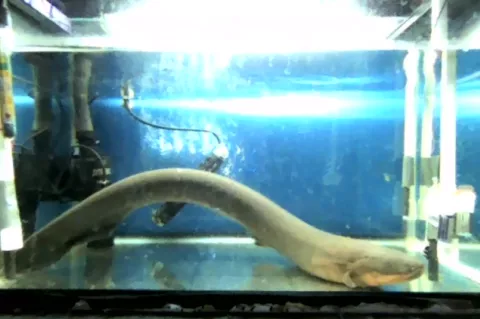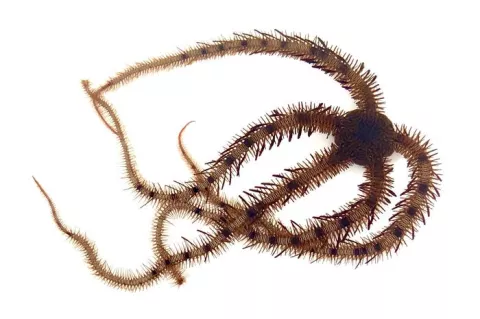Electric eels can genetically modify cells of nearby animals
In a recent study, researchers from Nagoya University in Japan have demonstrated that electric eels can release electricity potent enough to induce genetic modifications in small fish larvae.
This ground-breaking study challenges the conventional belief that electroporation, a gene delivery technique in which an electric field is generated to create temporary pores in cell membranes to enable the entry of molecules like DNA or proteins into the cells, is confined to laboratory settings.




